Digital payments have crossed the 1.11 billion in terms of volume last month. According to provisional data released by the Reserve Bank of India, digital payments transactions rose 4.73 percent to 1.11 billion in January from 1.06 billion in December in volume. The value of transactions has also seen an uptick at Rs 131.95 trillion ($2 trillion) in January as compared to Rs 125.5 trillion in December.
With this, April-January 2018 total digital transactions (volume) stands at 9.3 billion. Besides, as per the Ministry of Electronics and IT (MeitY) data only 14.8 billion digital transactions were undertaken across India from 1 April to 28 January, a report in Economic Times said. This is much below the government’s stated goal of hitting 25 billion digital transactions by this fiscal-end.
These transactions were made through credit and debit cards, the unified payments interface (UPI), unstructured supplementary service data (USSD), prepaid payment instruments (PPIs), internet banking and mobile banking.
What needs to be still done to boost digital payments to reach the government’s stated goal of 25 billion? What are the challenges that still need to be solved so that more and more people embrace digital payments?
One of the reasons that digital payments have not really gone by beyond the billion mark is because people have moved back to using cash as it is back in the system. “The rise in digital payments is not due to people’s tendency to be loyal to one or the other digital payment player. Rather, it was the compulsion to get on to the digital mode with less cash on hand. However, with cash back in the system, people have again resorted to making cash transactions,” said Sanjay Khan Nagra, senior associate, Khaitan & Co.
After demonetisation, the digital payments space has expanded with players like Jio penetrating and making its presence felt, said industry observers. With the digital payments fertile in the Indian ecosystem, foreign investment and partnerships may increase given the rise in digital payments, experts said. The sector will benefit from increased investments and customers too will be the gainers. For instance, like Paytm giving a cashback for every transaction which is now limited to infrequent users of the app and new users.
A few players like Paytm for instance, have had first-mover advantage in the digital payments arena. “We were able to get more people to make digital payments by taking wallets offline so that even mom and pop stores could accept payments and a consumer could buy his cup of tea using the Paytm app. Though we had one million users for Paytm after demonetisation, we have since then grown to six million plus users. Our target is to reach 15 million by end of FY2019 but we are confident of touching that target by December this year. However, it was not easy convincing merchants to accept digital payments,” says Deepak Abbot, vice president, Paytm.
Like Paytm, a number of global players including Google, Amazon, PayPal and Uber have already entered the Indian digital payments market, with Facebook owned WhatsApp slated to join the bandwagon in the next few weeks.
Digital transactions (Volume in million) Infogram
Phi Commerce, a year-old payment solutions company that focusses on digitising cash-on-delivery payments, has seen a 25 percent to 30 percent month-on-month rise in digital transactions. “In the last six months, we have been getting traction in rural India from Bharat so to speak,” said Joseph Thattil, CEO. The company that receives transactions from 8,000 pin codes so far is expecting to touch 15,000 pin codes by the end of this year. “We will be focusing on both tier 2 and tier 3 cities going forwards,” he said. UPI has been gaining traction and many digital players have chosen to make payments possible for its users using BHIM UPI on its platform so that consumers and merchants have a range of choices to select payment source and destination thus increasing their customer base. UPI transactions arced to a record 151.7 million by volume registering a 4 percent rise from 145.5 million in December. Bharat Interface for Money (BHIM) was the frontrunner with 9.57 million transactions amounting to Rs 3.65 billion. Many companies and banks have come with their own apps and wallets. But, “UPI will have the edge and UPI-based apps will emerge as winners as there is no need to store money. It is a win-win for consumers and can offer discounts and flexibility. Earlier a consumer had to go to banks or use a bank app to transfer money which is made easier by UPI”, said Sanjay Khan Nagra, senior partner, Khaitan & Co.
Digital transactions through UPI (Volume in million) Infogram
UPI is attractive because it is an amalgamation of four networks – Master, Visa, RuPay, UPI. Hence, it is expected to be one of the most dominant payment solutions in the market. Even a small kirana shop owner can use it and that remains its main attraction.
One of the ways to get people to use digital payment mode would be to incentivise usage of electronic transfers like UPI, for instance. “A drastic method would be to disincentivise consumers when they make cash transactions. This will ensure people from making cash payments,” said Nagra.
Though digital payments have gained traction, the challenge is to reduce the friction while making a digital transaction. For instance, how does a consumer ensure that his Rs 100 is fully used without incurring cuts by way of transaction charges? Harish HV, Partner, India Leadership Team, Grant Thornton India LLP, suggests that with the government saving large amounts of money by way of printing cash, transferring money to banks, soiled notes, etc, it should consider incentivising merchants and payment companies through the money thus saved. Another issue that needs to be looked into is to make the payment companies inter-operable, like telecom network. “A customer should be able to transfer money from any wallet and payment mode as smoothly as one can use any telecom network to converse,” he said.
In December, the government made an announcement that it will bear the MDR (Merchant Discount Rate) charges on transactions up to Rs 2,000 made through debit cards, BHIM UPI or Aadhaar-enabled payment systems to promote digital transactions. Measures like these are welcome but more needs to be done to reach the government’s target of 25 billion transactions by volume.
(Data inputs by Kishor Kadam)


)




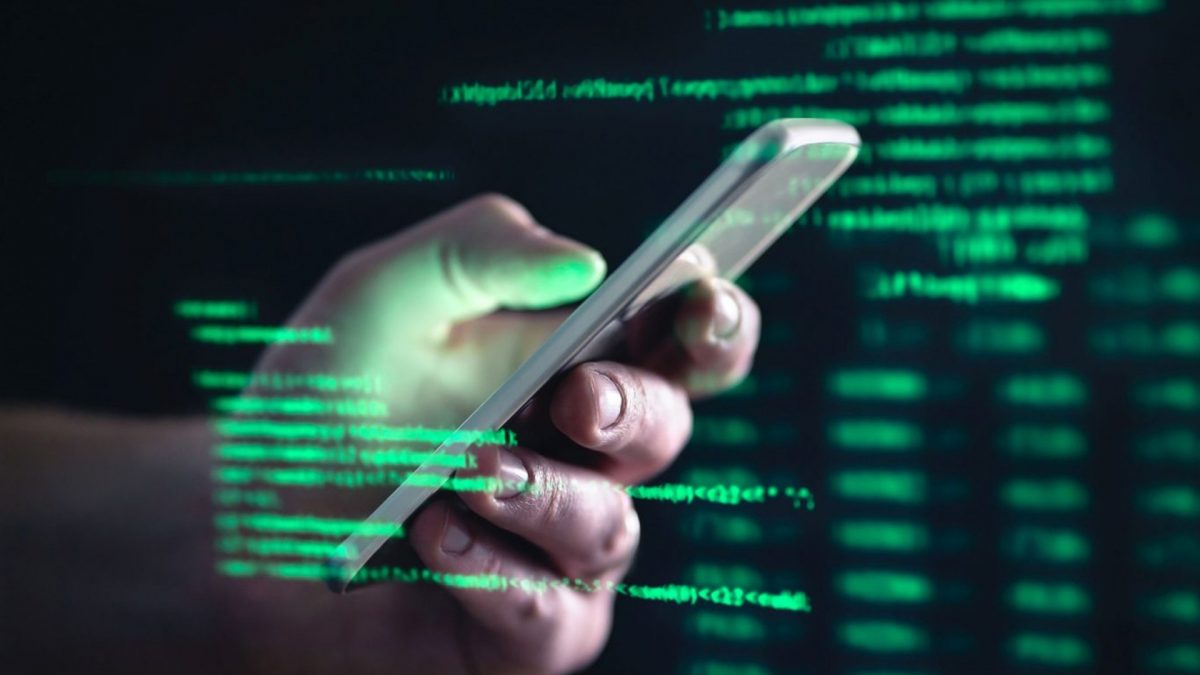)
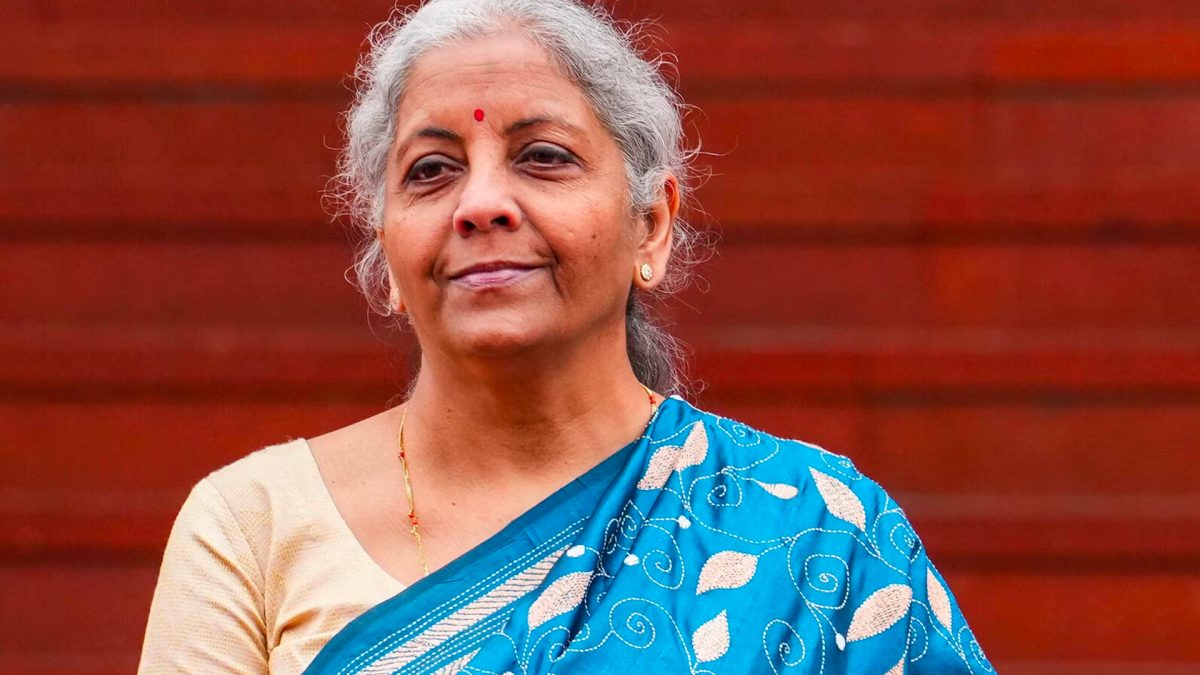)
)
)
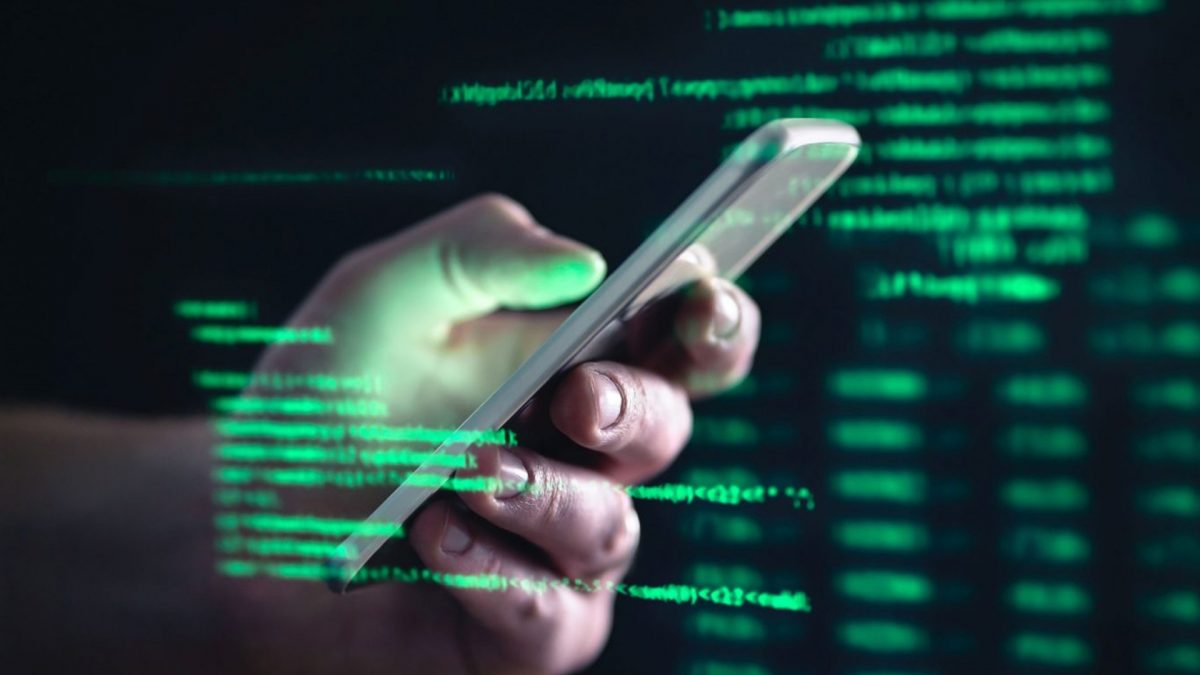)
)
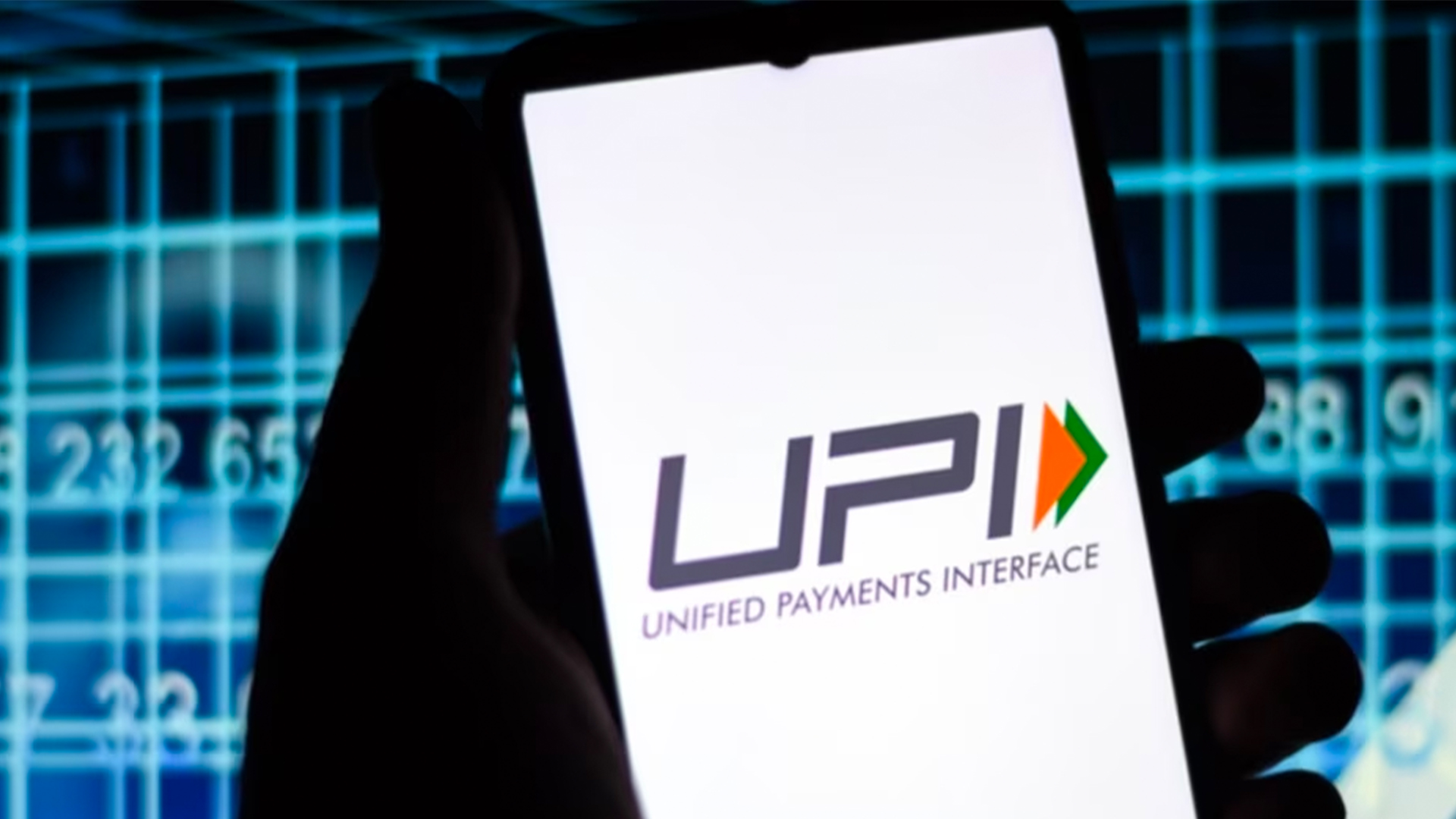)
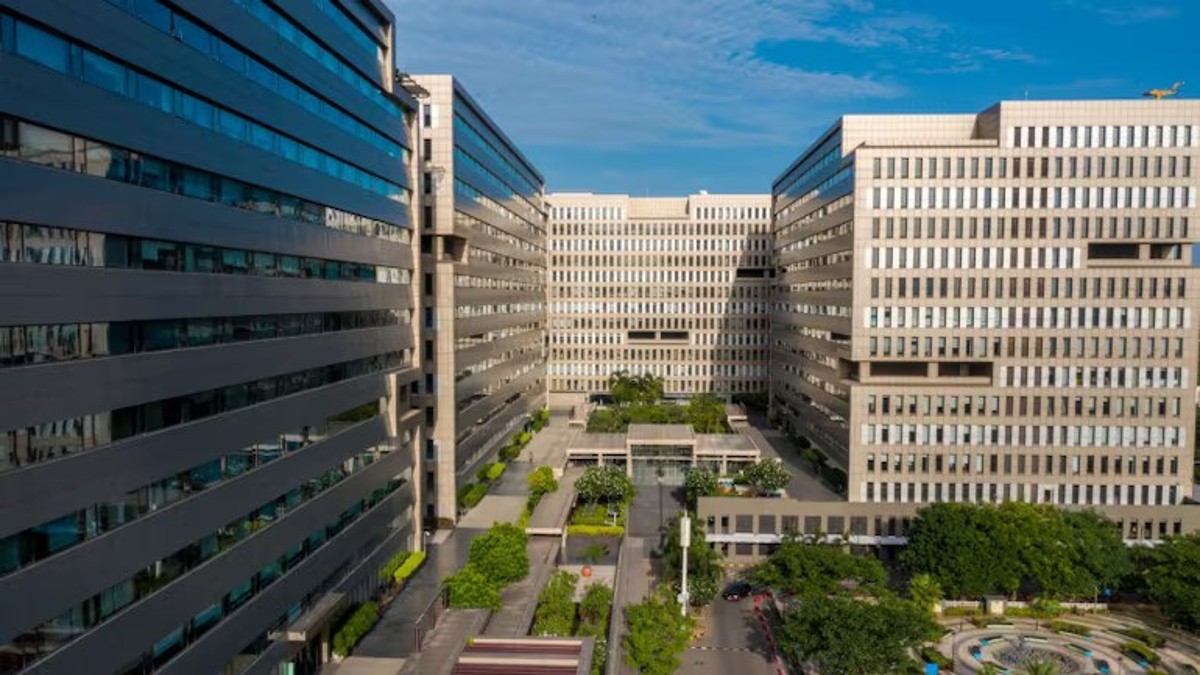)